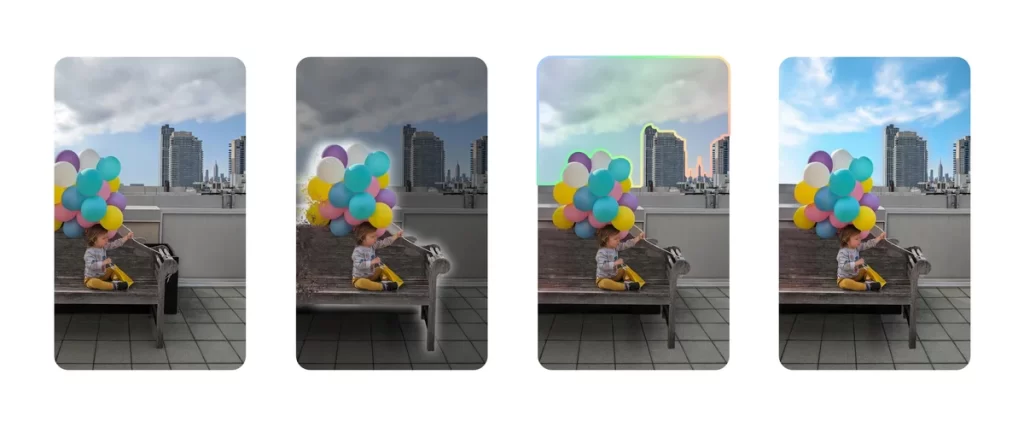Starting next week, Google Photos will enhance user transparency by indicating when images have been edited using generative AI. This development comes in response to growing concerns over the trustworthiness of digital images in an age where AI tools can easily alter reality.
New AI Editing Labels
In a blog post, John Fisher, engineering director for Google Photos, announced that the app will now display labels for photos edited with tools such as Magic Editor, Magic Eraser, and Zoom Enhance. These labels will be part of the metadata, following standards set by The International Press Telecommunications Council (IPTC). This metadata will be accessible alongside other image details, including file name, location, and backup status.
The new feature aims to clarify the extent of AI involvement in photo editing, thereby increasing user awareness about the authenticity of images they encounter. This transparency is crucial in a time when the capabilities of generative AI can easily blur the lines between reality and manipulation.
Comprehensive Image Information
The AI info section will appear in the image details view, available on both the web and mobile versions of Google Photos. This section won’t just identify generative AI edits; it will also highlight when an image incorporates elements from multiple sources. For instance, features like Pixel’s Best Take and Add Me—which combine different images to enhance a single photo—will also be noted. This additional context can help users better understand the editing process behind their images.
Fisher acknowledged that while these measures are a step forward, there are limitations. The metadata can potentially be altered or hidden by users intending to mislead, making it crucial for continued improvements in transparency.
Context of AI in Photo Editing
The announcement comes amid broader discussions about the ethical implications of AI in creative fields. Although photo retouching is not new, the recent advancements in generative AI allow for remarkably realistic modifications with minimal skill required. This has raised concerns about authenticity and the potential for misuse.
For comparison, other tech giants are approaching AI photo editing differently. Apple, for example, plans to introduce its first generative image features in iOS 18.2 but has opted to avoid photorealistic content due to concerns about misrepresentation. Craig Federighi, Apple’s software engineering chief, noted the company’s apprehensions about AI’s impact on the perception of photographic reality.
Moving Forward
Google’s initiative reflects an understanding of the responsibility tech companies have in fostering transparency and trust in digital media. Fisher stated that Google is committed to gathering user feedback and exploring additional solutions to improve clarity around AI edits.
In conclusion, while the integration of AI tools into photo editing can enhance creativity and efficiency, the potential for creating misleading images necessitates a greater emphasis on transparency. Google Photos’ upcoming features represent a significant step toward ensuring users are informed about the alterations made to their images, fostering a more honest digital environment. As generative AI continues to evolve, ongoing efforts will be crucial to maintaining the integrity of visual media.
